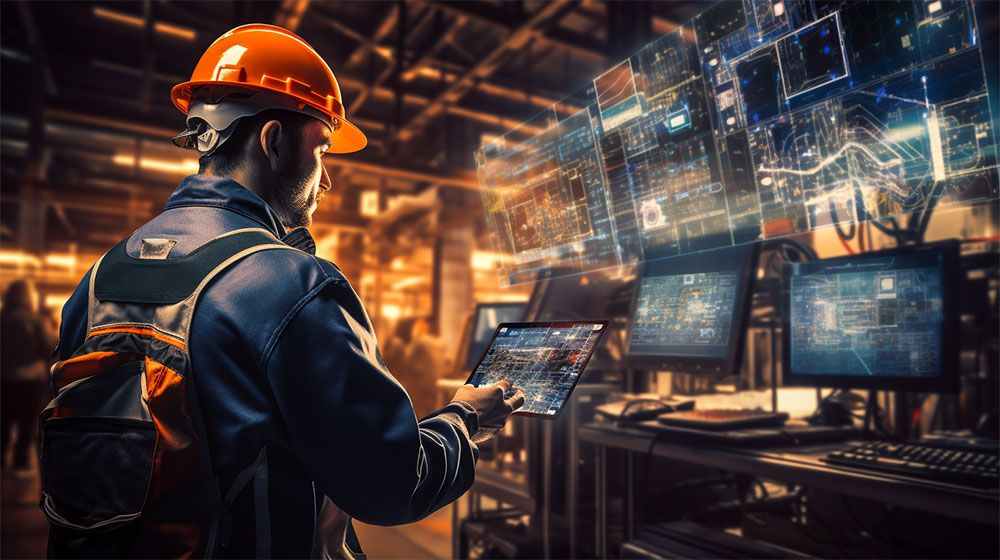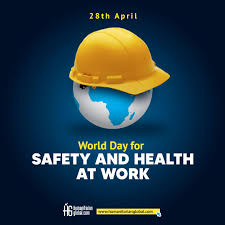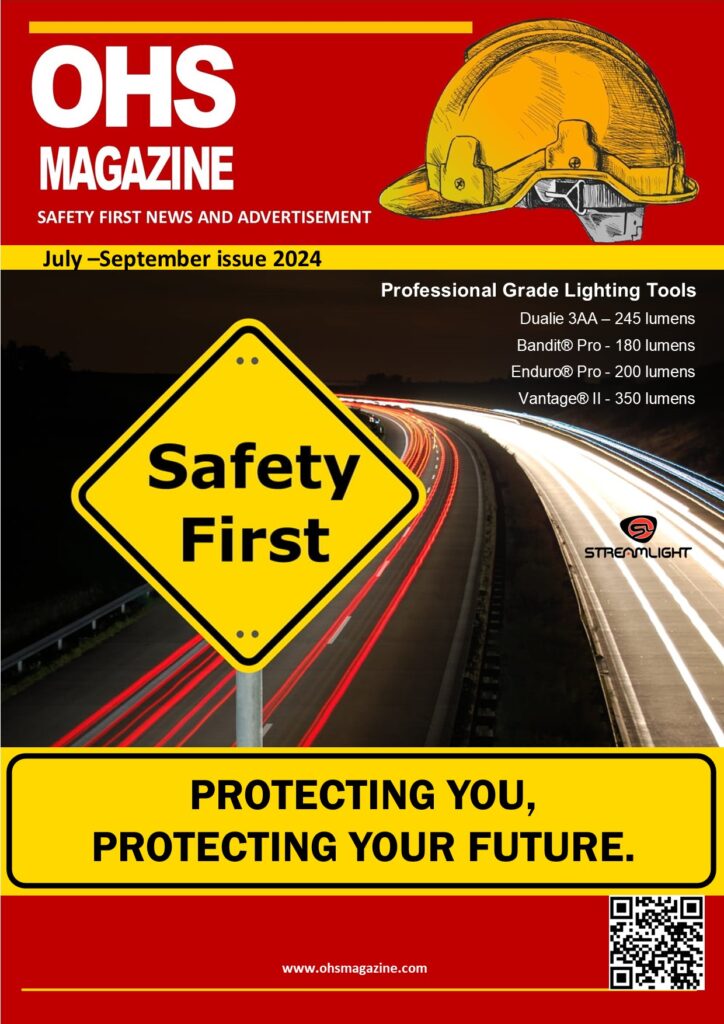AI in the Workplace: Enhancing Safety or Introducing New Risks?
The Rise of AI in Safety Management
In recent years, artificial intelligence (AI) has transitioned from a buzzword to a functional reality across numerous industries. From manufacturing floors to corporate offices, AI-powered systems are being deployed to enhance productivity, streamline operations, and crucially—improve workplace safety. But while AI opens up exciting possibilities in predictive analytics and real-time hazard detection, it also introduces new questions about privacy, accountability, and unintended risks.
Is AI truly revolutionizing occupational health and safety (OHS)? Or are we walking into a new set of challenges we’re not yet prepared to manage?
How AI Is Enhancing Workplace Safety
1. Predictive Analytics for Injury Prevention
AI algorithms can process historical injury reports, environmental data, and employee health records to predict when and where future incidents may occur. For example, machine learning models used in warehouses can identify patterns in lifting injuries and suggest intervention before accidents happen. Companies like Amazon and Siemens have piloted predictive tools to minimize risks associated with repetitive strain and fatigue.
2. Smart Surveillance and Automated Monitoring
AI-powered cameras and sensors are now capable of identifying unsafe behaviors in real time—such as a worker not wearing PPE or standing too close to a moving machine. These systems can alert supervisors instantly, reducing the time between risk detection and response.
3. Natural Language Processing (NLP) in Safety Reporting
With the help of NLP, AI can analyze unstructured data like incident reports or worker feedback to uncover hidden safety risks. Tools can scan thousands of reports to flag recurring concerns, even if employees don’t use standard terminology.
4. Wearable AI for Worker Health
Wearable devices with AI capabilities are being used to monitor vital signs, fatigue, and even stress levels in high-risk jobs like mining and firefighting. These tools can notify workers to take breaks or alert medical staff if an emergency is detected.
The Other Side: Risks and Challenges of AI in Safety
While the benefits are clear, the integration of AI into workplace safety is not without its pitfalls.
1. Data Privacy and Surveillance Concerns
Constant AI monitoring can feel invasive to workers, potentially creating a “big brother” environment. Employees may be concerned about how their data is collected, stored, and used, especially if the information could affect employment decisions.
2. Bias in Algorithms
AI systems are only as good as the data they are trained on. If historical data is biased—or if the algorithms misinterpret data—there is a risk of false positives or overlooking genuine hazards, especially for underrepresented groups.
3. Over-Reliance and Human Oversight
There’s a danger in assuming AI systems are infallible. If workers or managers become overly reliant on technology to flag risks, human vigilance may decline. Moreover, AI still lacks the nuanced judgment and moral reasoning that experienced safety officers bring to the table.
4. Legal and Ethical Grey Areas
Who is responsible if an AI system fails to detect a hazard? What if it makes a decision that harms an employee? The legal landscape around AI in the workplace is still evolving, leaving many employers in uncertain territory.
Finding the Balance: Best Practices for Safe AI Integration
To safely harness AI’s potential in occupational health and safety, businesses should consider the following:
Transparency: Clearly communicate to employees how AI is used and what data is collected.
Human-in-the-Loop Systems: Ensure AI tools support, rather than replace, human decision-making.
Bias Auditing: Regularly test AI systems for fairness and accuracy.
Training and Involvement: Engage employees in the design and deployment of AI safety systems.
Regulatory Compliance: Align AI use with data protection and labor laws in your region.
Conclusion: A Safer Future or a Double-Edged Sword?
AI represents a powerful new frontier in workplace safety—but like any tool, its value depends on how thoughtfully it’s used. While it can predict hazards, optimize workflows, and respond faster than any human, it also demands ethical diligence, legal foresight, and, above all, human accountability.
As we move forward, the key question isn’t just can we use AI for safety—but should we use it in certain ways, and how can we ensure it truly protects the workers it’s meant to serve?






